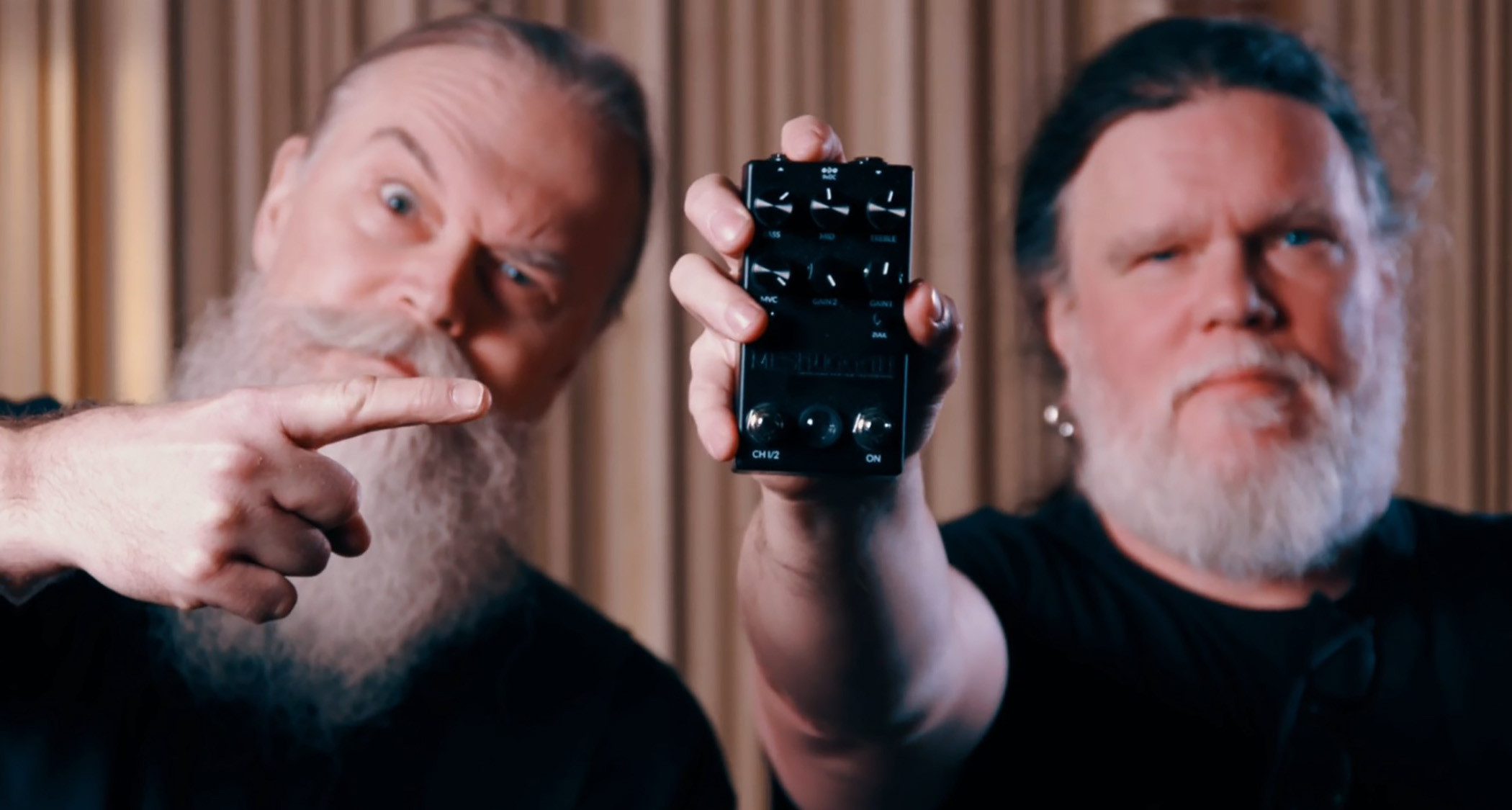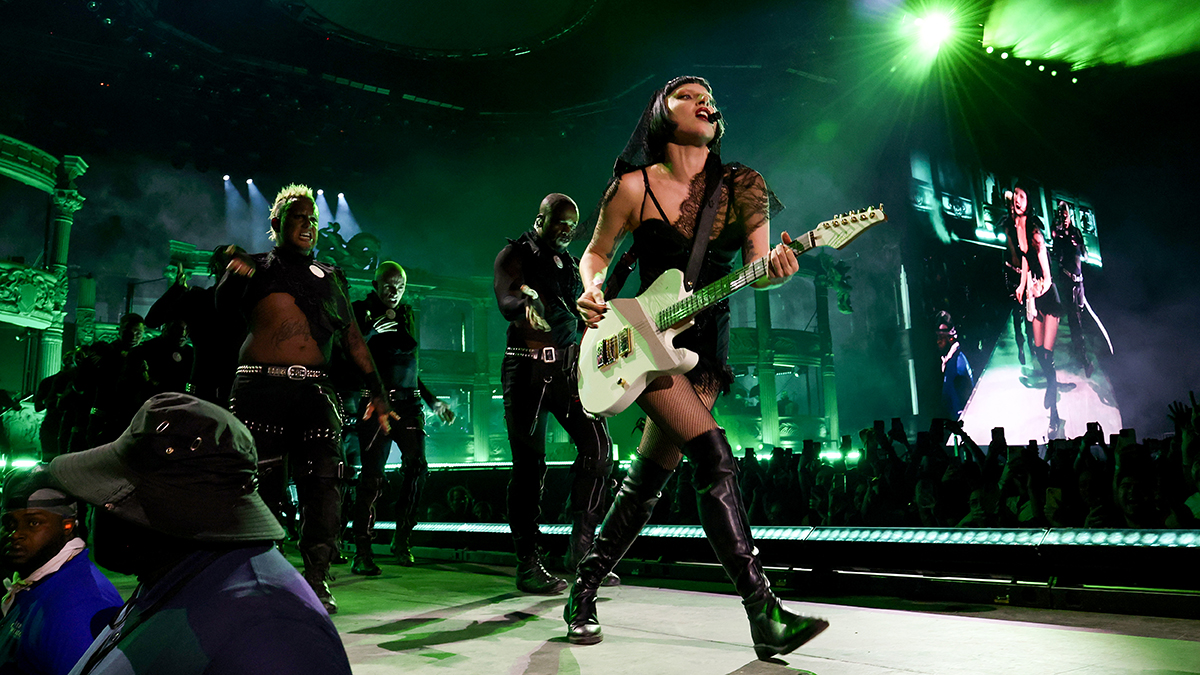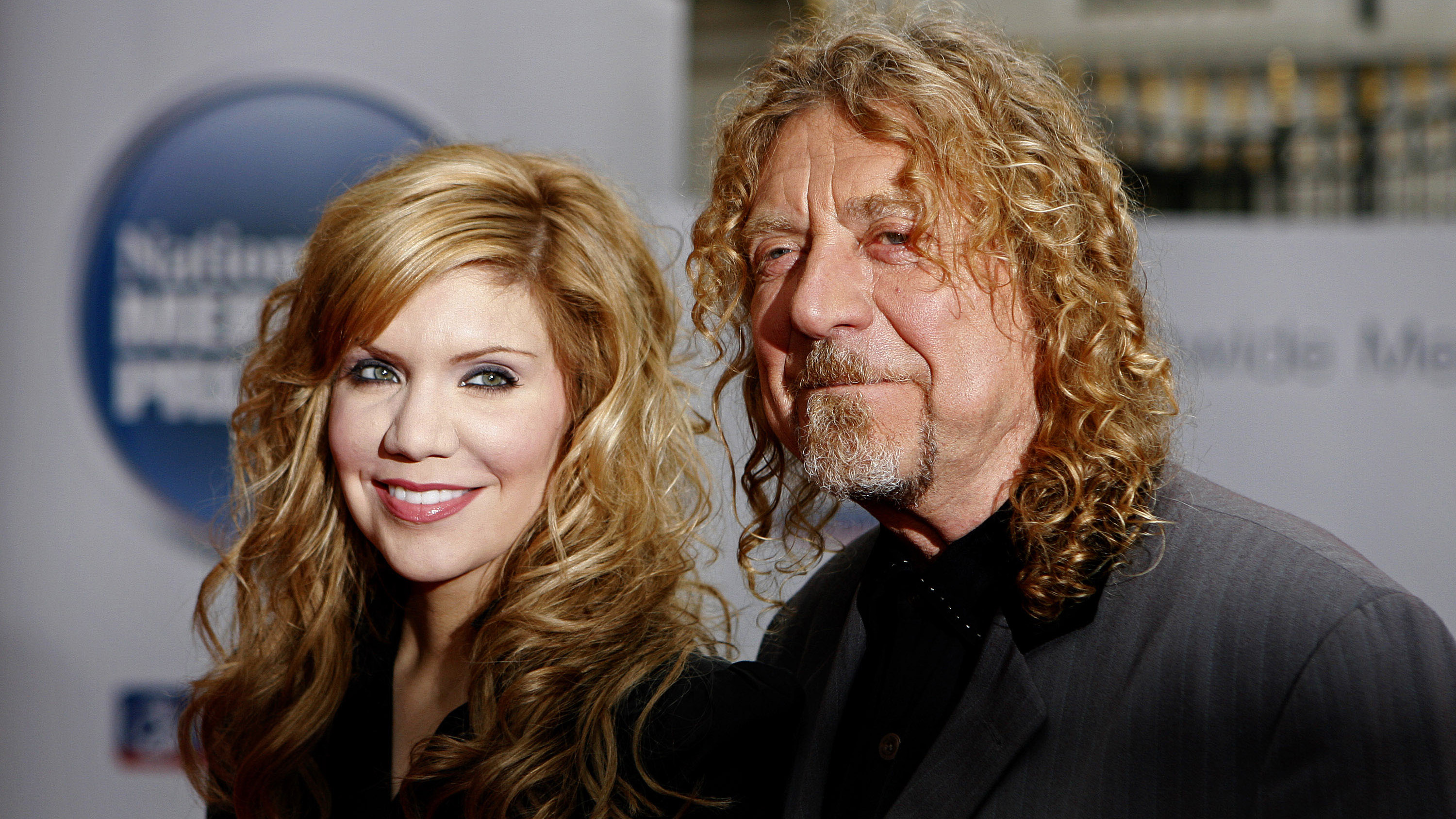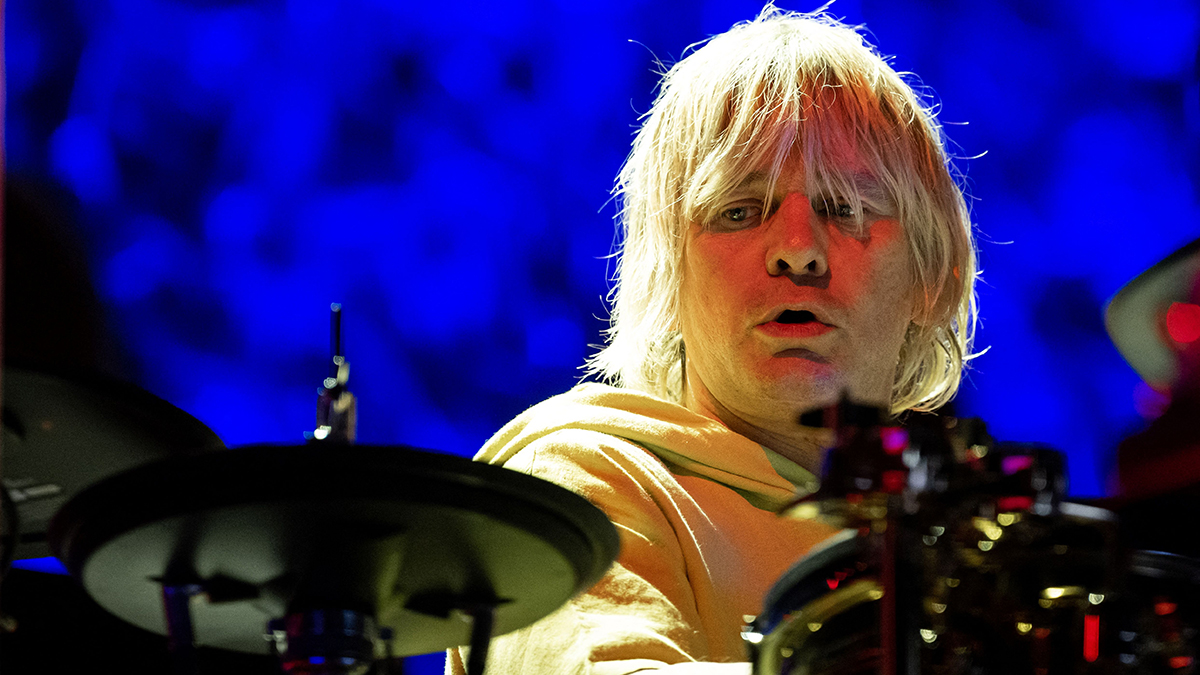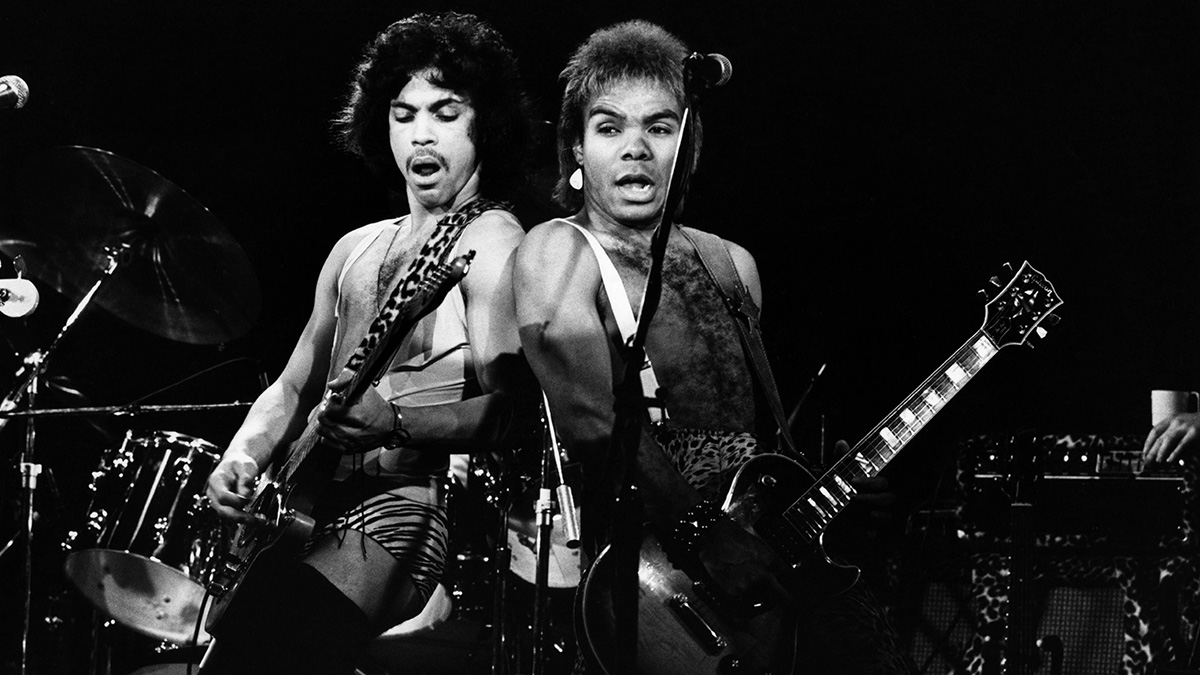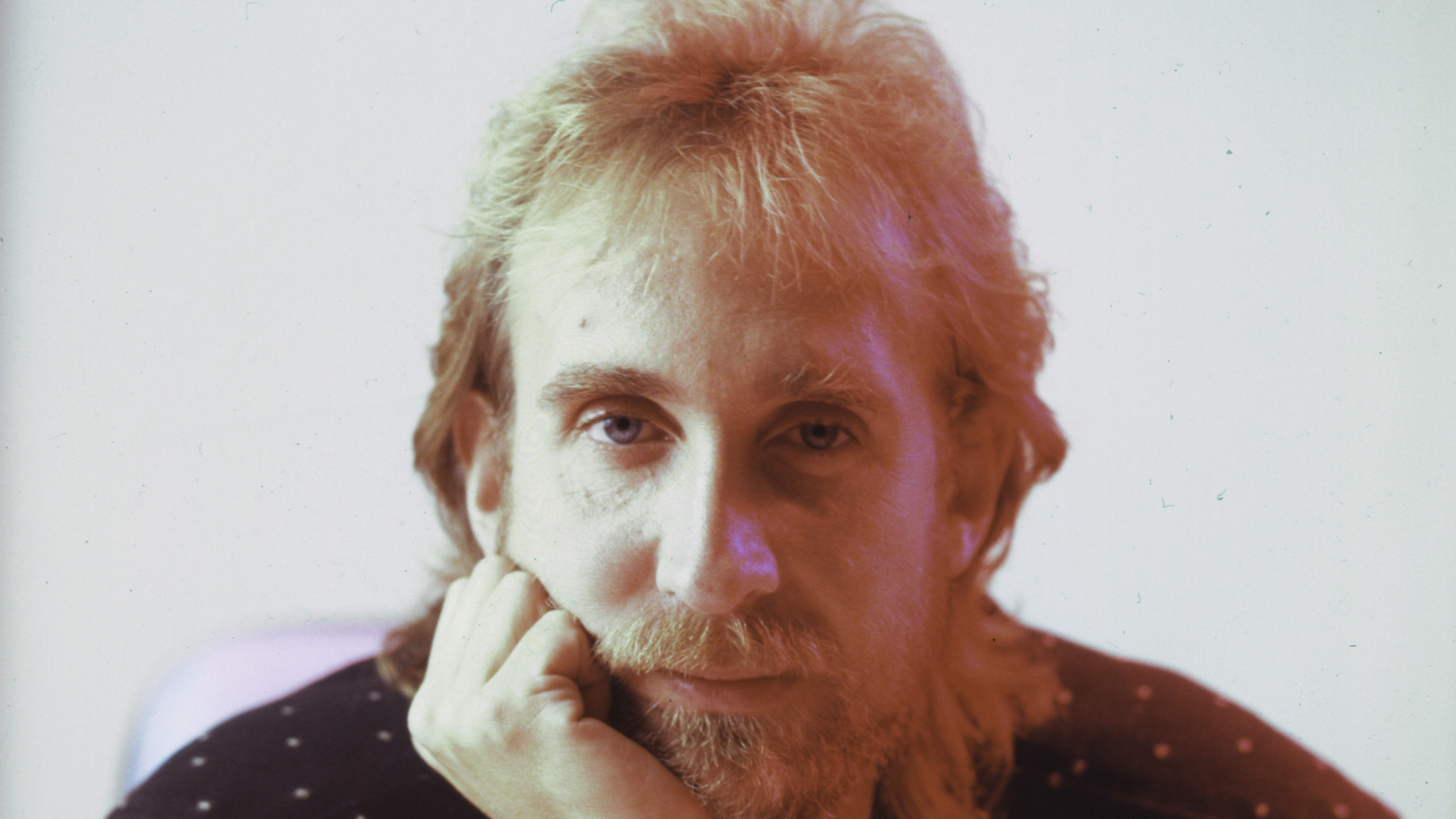“I thought, ‘Man, I am so out of my depth here. This is like asking me to play basketball!’”: Rob Chapman recalls his trial by fire transcribing Yngwie for his debut session, and reveals what he learned about Malmsteen’s phenomenal picking speed
Chapman was thrown in at the deep end but he says there was much to learn from the session – about recording, managing expectations and the secret behind Yngwie's technique
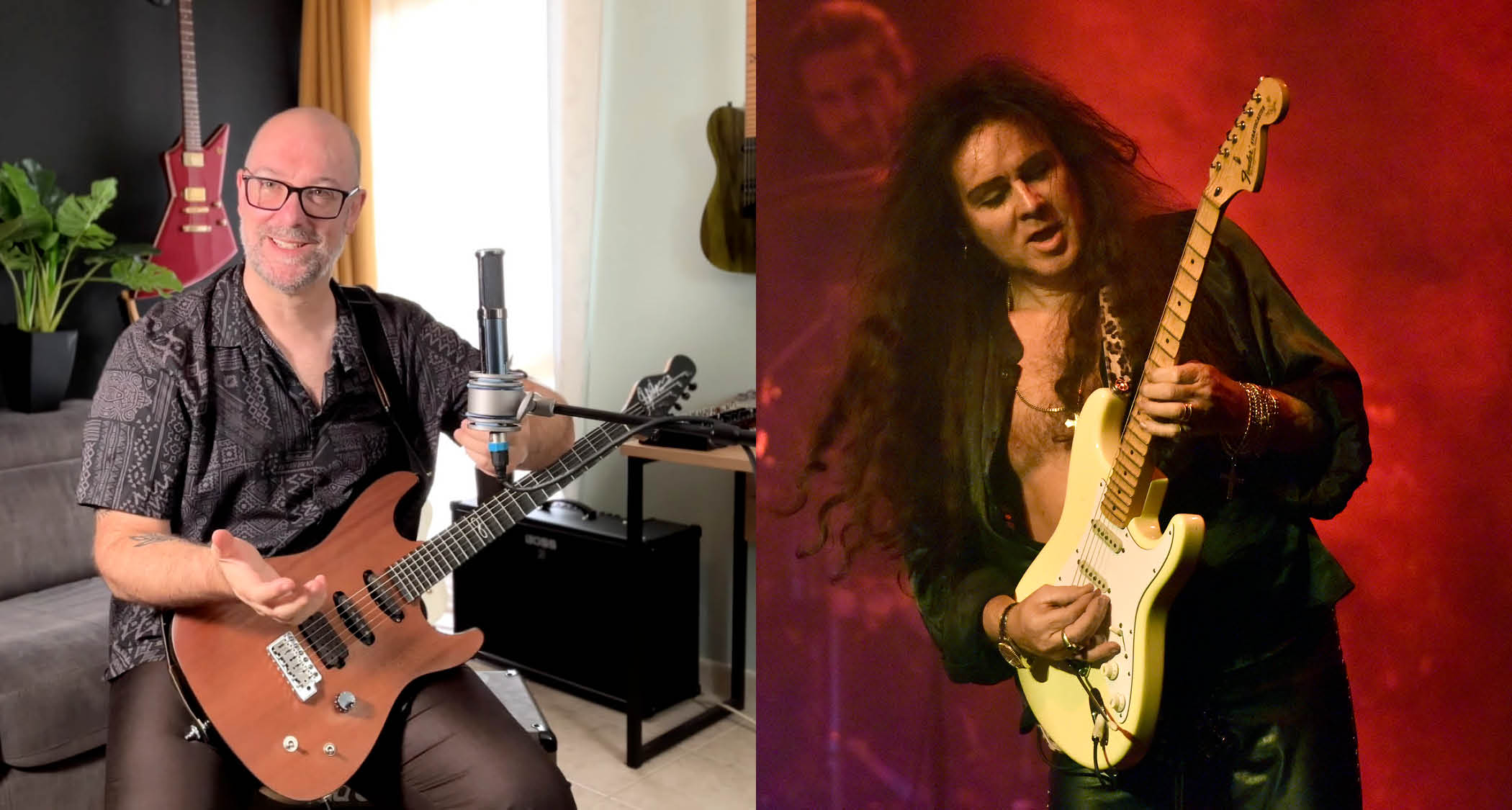
Rob Chapman has been reflecting on his very first session job and as these things go it he was in at the deep end as the Chapman Guitars supremo and YouTuber was given the unenviable task of transcribing Yngwie Malmsteen for the Swedish maestro’s appropriately titled Trial By Fire: Live in Leningrad DVD.
The experience, however, taught him some valuable lessons about session work – and also about how to approach Malmsteen’s technique if you want to replicate his formidable picking speed.
In his latest YouTube video, Chapman had gone through the higher education route to becoming a guitar pro and was earning a living teaching the guitar and playing the bar and club circuit. But he had zero session experience when the call came in.
“I thought, ‘Man, I am so out of my depth here. This is like asking me to play basketball!’ It’s insane,” he says. “But of course I did the thing that you should do, and I just said, ‘Yes!’”
EMI needed someone to transcribe three tracks so that they could put them in the bonus features. Chapman’s transcription would appear underneath the footage, while one of those animated “karaoke balls” would follow along the notation so that viewers could play along at home. “I thought, ‘No problem. I can do this,’” says Chapman. “‘This will be easy.’”

• Yngwie Malmsteen's 6 tips for guitarists
"When you hear Paganini you'll think, ‘Yngwie really ripped this s*** off!’"
Chapman was and is a Malmsteen fan, so he knew the territory. Chapman had done his homework on the picking, wrestled with the right modulation of economy picking vs alternate, and how Malmsteen navigates the fingerboard.
“I had the fundamental understanding,” he says. Fender even sent him an US Stratocaster for the job. What else did he need?
Get the MusicRadar Newsletter
Want all the hottest music and gear news, reviews, deals, features and more, direct to your inbox? Sign up here.
Well, he needed to get the fretboard scalloped, and this wasn’t some sort of Dustin Hoffman method actor thing, as though he were into Malmsteen’s character; Chapman believed that Malmsteen’s scalloped fretboard held the secret to how he would phrase certain notes. “There were times when Yngwie was doing tone-and-a-half bends and I think he was pressing in as well as up in order to achieve some of that,” he explains.
He sent the Strat to Knight Guitars, in the UK, and they scalloped the fingerboard. The record label were not so forthcoming. They sent a VHS, a remote and some batteries. Furthermore, this was live concert footage, shot using multiple cameras. They would not always be trained on what Malmsteen was doing on the electric guitar.
The delay on the pause function didn’t make things any easier. Chapman went through a lot of batteries, but ultimately got it done. “I got it maybe 80 per cent right on the final product,” he says. “I don’t know! I haven’t seen it for a while. But I managed to do it.”
What the experience taught him, and why this story is of use to anyone who might have ambitions of taking up session work, is that, yes, it is good to be available, and good to say yes, but you should not be afraid to offer suggestions if the client has no expertise in an area where you do.
What I should have said is, ‘What you need is a video of someone teaching these parts rather than just the individual transcription
“It’s also good to counter with what might work better in an industry that they don’t understand, and obviously EMI at the time didn’t understand guitar tuition,” says Chapman. “It was something that I did, and what I should have said is, ‘What you need is a video of someone teaching these parts rather than just the individual transcription, because I don’t think it is an easy thing to learn from tab.’”
What Chapman also learned was how to record himself. He had no previous experience, and spent considerable blood and treasure in making sure his recorded guitar worked with what Malmsteen was doing onstage.
This made what could have been a nice little job to a real labour (there’s another tip; manage expectations, both your own, in terms of time taken for the job and how much money you’ll get from the gig).
But ultimately it was worth it. Chapman got some publicity on the back of it – and more students – and he came away with it with a renewed appreciation of Malmsteen’s technique, and a lesson in “how soft and how small and minimal” your picking movements need to be to play that fast.
Having Yngwie Malmsteen shake your hand is a bit like having your hand wrapped in meat
“It took me a long time to understand that his pick movements were absolutely tiny,” says Chapman. “You really can’t get to that speed if you are alternate picking big motions… If you look at Yngwie’s right hand, sometimes it looks like he is not picking, but he is. It’s just that the movements are so economical, so finessed, that it is allowing him that movement and that technique.”
Some time later Chapman did get to meet Malmsteen at Musikmesse, Frankfurt. He told Malmsteen that it was he who did the bonus track transcription on the DVD. Malmsteen was pleased, shook Chapman’s hand, and maybe give him another clue as to how he navigates the fretboard with such speed and vigour.
“Having Yngwie Malmsteen shake your hand is a bit like having your hand wrapped in meat,” says Chapman. “No one talks about the size of Yngwie’s hands. They are like a hand-and-a-half. And I am sure that’s how he is able to do all that crazy… stuff!”
You can follow Rob Chapman on YouTube.
Jonathan Horsley has been writing about guitars and guitar culture since 2005, playing them since 1990, and regularly contributes to MusicRadar, Total Guitar and Guitar World. He uses Jazz III nylon picks, 10s during the week, 9s at the weekend, and shamefully still struggles with rhythm figure one of Van Halen’s Panama.



